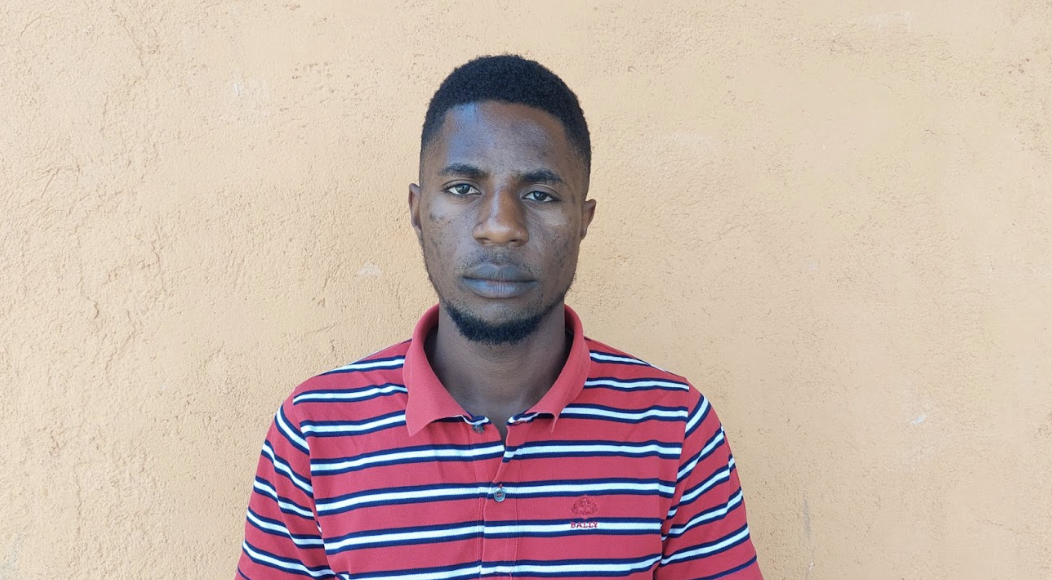Kasole Sharif: Leveraging Research to Build Bridges Between Displaced and Host Communities
In celebration of World Refugee Day on June 20, 2024, IPA’s Displaced Livelihood Initiative highlights the stories of refugees who are using research to respond to the unique challenges and opportunities that displaced populations face.

Kasole Sharif's dedication to community and understanding diverse cultures led him to service. Seeing the barriers refugees face, he aimed to make a difference. At IPA Uganda, he helps identify effective programs and policies for refugees, promoting social cohesion between them and host communities.
Sharif leads teams of enumerators, who collect data from communities. He emphasizes that involving displaced individuals in the research is crucial for empowerment and authenticity, improving the research quality. “By incorporating the voices of those directly affected by displacement, we can develop more effective and empathetic solutions to their challenges.”
Sharif recognizes that integrating into host communities is a major challenge for displaced individuals. With 75 percent of the world’s refugees hosted in low- and middle-income countries, arriving displaced populations can—at least initially—cause increased real or perceived competition for limited resources. He believes research can reduce negative perceptions and foster social cohesion between displaced and host communities, “This collaborative ethos is central to the work we do and is something I am deeply passionate about.”
On World Refugee Day, Kasole Sharif’s work is an important reminder that improving the efficiency and effectiveness of programs targeted towards refugee and host populations, can both community resilience and cohesion.











